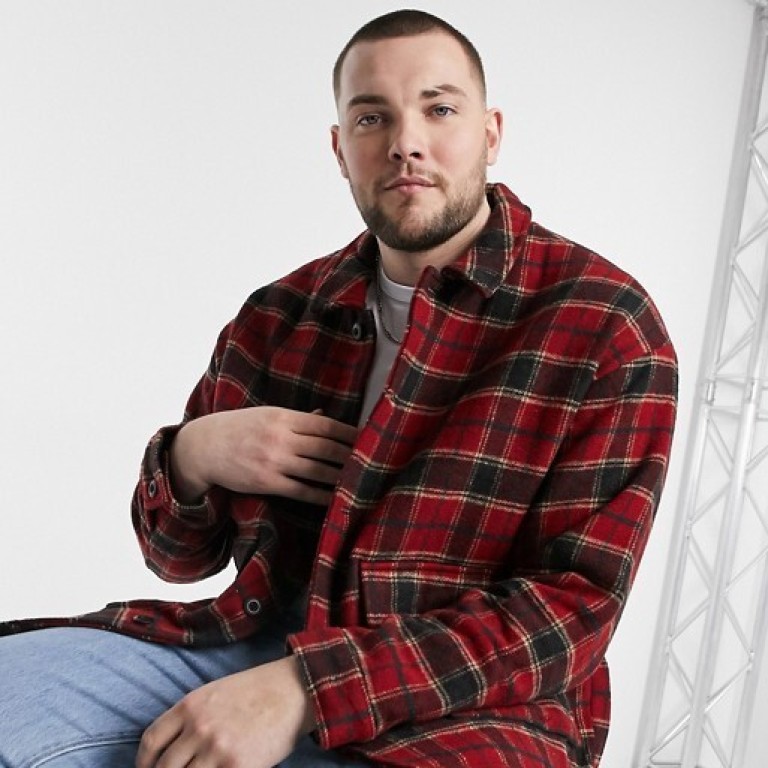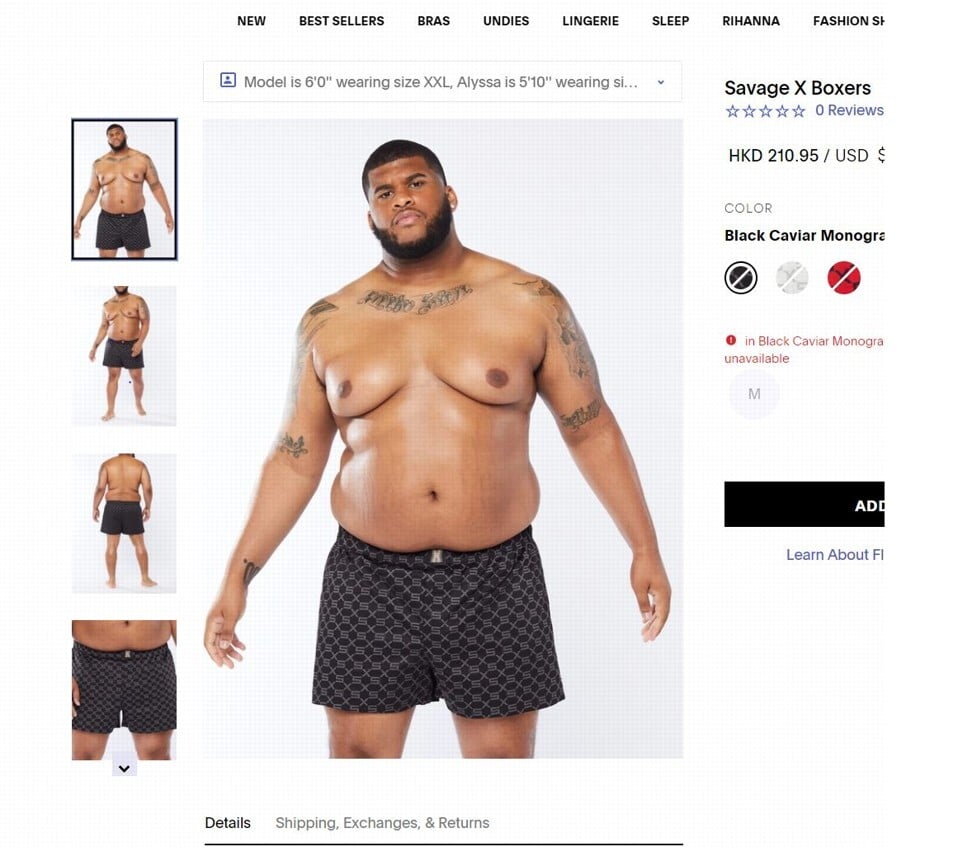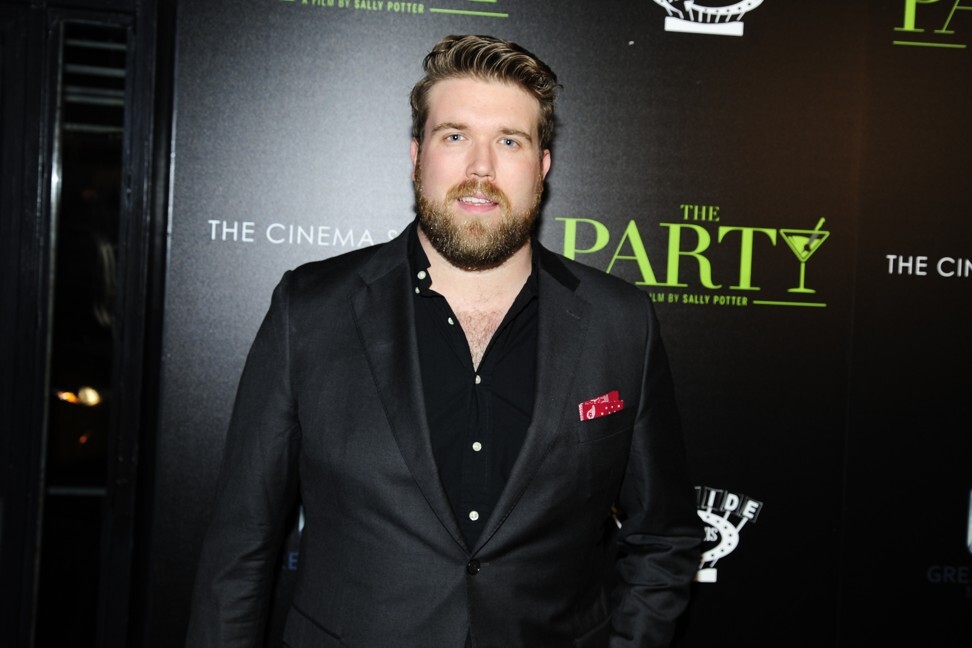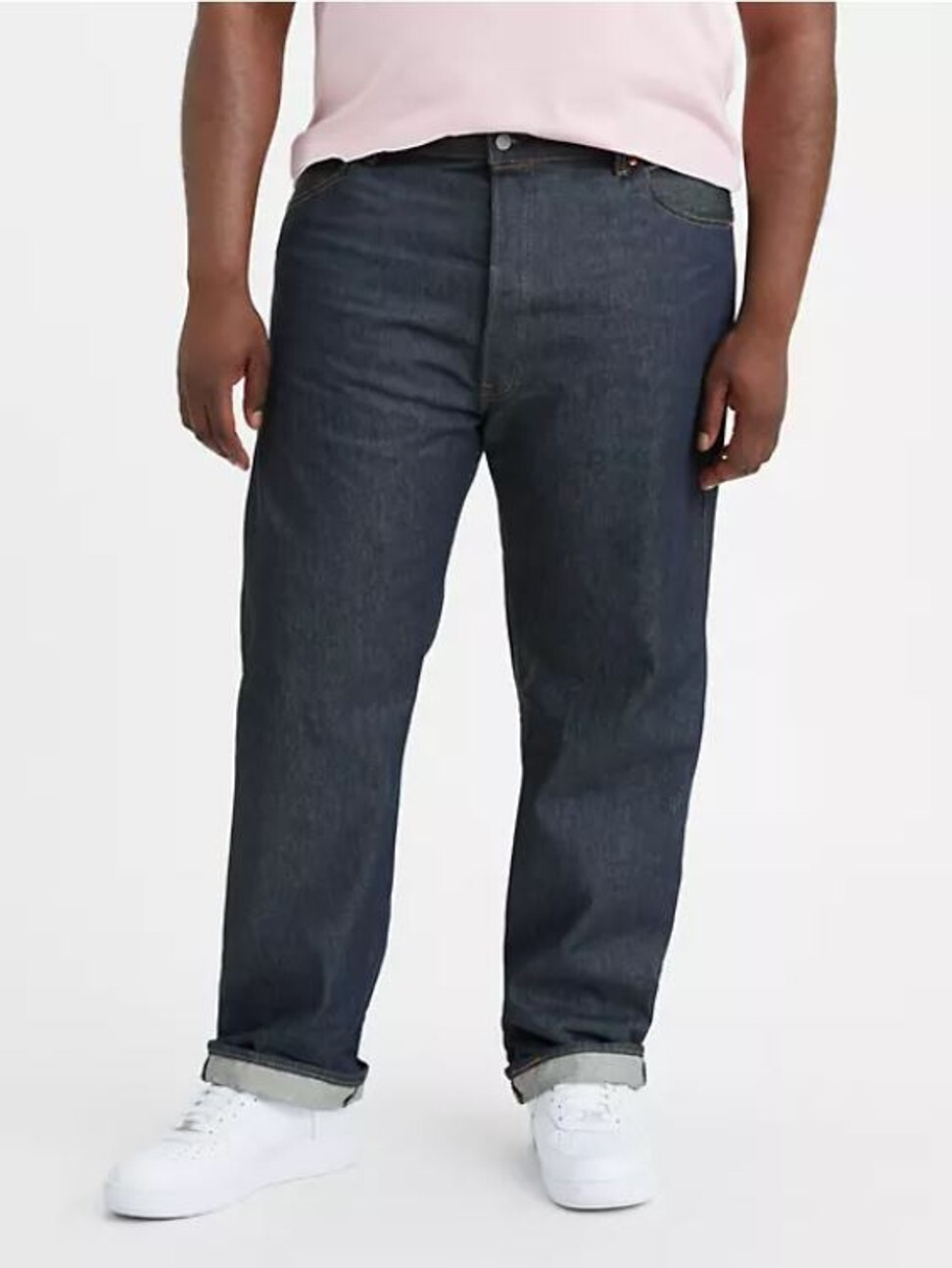
Asos, Rihanna, Hugo Boss are giving plus-size menswear a chance, but why is the wider market so slow to catch on?
- While the women’s plus-size market includes specialised brands and websites, the same cannot be said for their menswear counterparts
- Part of the problem is a more conservative approach where brands think that a plus-size man can only wear certain types of clothing
Last month, celebrity turned fashion mogul Rihanna made headlines when she showcased her new Savage X Fenty’s men’s line using plus-size men as models.
While using plus-size models and promoting body positivity isn’t exactly a groundbreaking concept in women’s fashion – in fact, more and more brands, from high street to luxury, are using curvy models such as Ashley Graham and Paloma Elsesser to advertise their collections – it was considered a watershed moment for men.
The last high-profile menswear campaign to feature a mix of regular- and plus-size men was back in 2015 for Nordic brand Dressmann. Why is that major players in the menswear industry are still ignoring a market that has huge potential?
The opportunities are obvious. According to a recent report by market research provider Euromonitor International, over 15 per cent of the world’s population aged 18 and over is expected to be obese by 2023. It goes on to state that this represents an addressable market opportunity for apparel and footwear players in excess of US$335 billion.

“I would define [the current options for] men’s plus-size fashion as basic,” says Riccardo Onorato, a plus-size model and digital content creator for his own fashion blog, Guy Overboard. “Although there are exceptions, most of the products created don’t leave much space for creativity and focus more on functionality. I feel that the aim is still ‘to cover’ men bodies without using different cuts, fabrics, patterns and colour mixes.”
Unlike the womenswear market, which has clear definitions for plus sizes, the men’s category is slightly trickier. The standard range of sizes offered by most men’s brands tend to go from an XS to XL. Some will offer up to 2XL, but anything above XL is usually considered plus size.
To complicate matters further, many brands tend to group plus sizes together with “big or tall” sizing, which caters to another market altogether by addressing specific requirements such as longer lengths for trousers or roomier cuts to accommodate wide chests, hips and waists.
As Onorato points out, many fast-fashion or mass-market brands such as Target, Old Navy, Polo Ralph Lauren and Levi’s and have always offered bigger sizes for men. British brand Asos is frequently cited as a favourite among plus-size men thanks to its high-fashion edit and abundance of brands on offer, including its own in-house label (a recent search revealed over 900 items under the men’s plus-size category).

Matches Fashion has a similar stable of brands in sizes up to XXL. Interestingly, the categories that are the most popular according to data provided by Mr Porter include casual and sportswear such as T-shirts and sweats.

Therein lies part of the problem.
“The biggest challenge [for retailers] is to understand that plus-size men have the same needs as all other men,” Onorato says. “For them, fashion can be a way to express themselves and their personality, too. For this reason, both designers and brands should begin to dare.
“They should not believe that a plus-size man can wear only certain types of clothing and not others. This shouldn’t be dictated by designers or the brands. Designers should be open and free: free to make asymmetrical cuts, fit clothes and use different materials, coloured fabrics or inserts.”

The more conservative approach to men’s plus-size fashion can perhaps be blamed on prevailing attitudes when it comes to body positivity for men. While body-shaming women is considered a no-no among industry peers, the same attitudes do not necessarily apply to men who feel the need to conform to the stereotypical look of a well-chiselled body.
While women have recently taken to Instagram to show off their real, unfiltered bodies, men have not followed suit. The men’s plus-size market will only evolve for the better if public perception and attitudes change.
“Everyone needs to understand the importance of plus-size fashion because, if it’s not about themselves, it should be about their partners or friends,” Onorato says. “Plus-size people exist, and they have to dress like everyone else. Understanding and recognising their frustration of not finding clothes that fit them and that they want to wear makes it clear that it’s time for all of us to get involved and drive a revolution in men’s plus-size fashion.”

